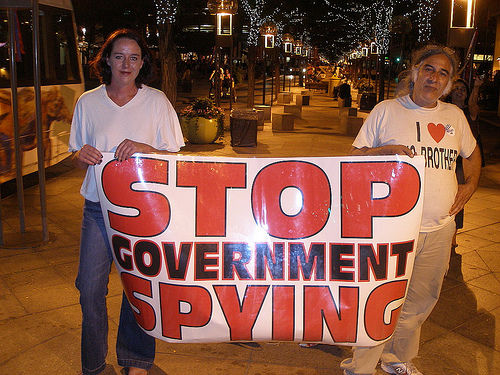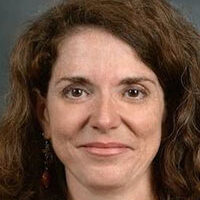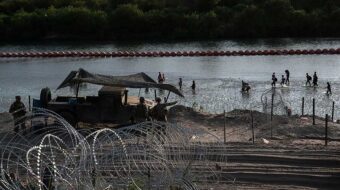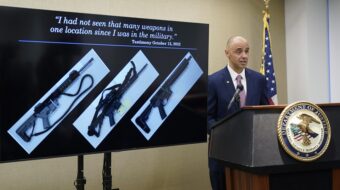
Despite anti-Obama conspiracy theorists, tea partiers and other various anti-government groups, a new interactive map of alleged government spying posted on the American For Civil Liberties website June 28 shows the Bush years, from 2001 through 2008, were rife with surveillance on ordinary, peaceful citizens.
The Bush-Cheney federal agencies spent the most time on infiltrating, harassing or collecting data on antiwar activists protesting the Iraq invasion, according to ACLU records.
Out of the approximately 100 ACLU records posted from 33 states and the District of Columbia, 90 percent took place before Barack Obama was elected president.
There were less than 10, which seem to have take place in 2009-2010.
The ACLU says political spying has once again “come to the fore.”
“A thorough search and review of news accounts” reveals that these law enforcement behaviors “have taken place in recent years,” it says on its website.
The few records cited of law enforcement surveillance of “peaceful” citizens during the Obama years centers on watching mosques for “terrorist” support and organizing, or far-rightwing, Christian-identity militia groups.
The Bush administration preferred focus was on antiwar groups, leftwing organizations, pro-Palestine Muslim activists, anarchists, environmentalists and even the Florida-based Immokalee Workers during their fight for better wages with Taco Bell tomato suppliers.
The ACLU highlights Fusion Centers as one of the most troubling surveillance programs in the last year. Fusion Centers began in the aftermath of Sept. 11, 2001, when the political push to share government intelligence across agencies gained new momentum.
One of the Sept. 11 terrorists was stopped by Maryland state police for speeding on Sept. 9, 2001. He was on the CIA watch list, Time magazine reported. So, the rationale goes, if that state trooper had that data, then the worst terrorist attack on U.S. soil could have been disrupted.
Fusion centers are a hybrid of local law enforcement, various federal and state agencies, military and even private contractors. According to Time, the rise of fusion centers accelerated in the middle of the Bush-Cheney years, 2004-2005, “because the federal government placed much of the responsibility for homeland security on state governments.”
But these fusion centers lack oversight, can easily violate privacy laws and are characterized by excessive secrecy, civil liberties advocates say.
But their focus and operations also vary greatly from state-to-state.
“If you’ve seen one fusion center – you’ve seen one fusion center,” Jack Tomarchio, former deputy director of intelligence for the Department of Homeland Security, who oversaw the development of most of the country’s state fusion centers during the Bush administration, told Time.
There are 72 fusion centers operating today, the ACLU says.
A quick look at two fusion centers’ newsletters illustrates a vast difference in political focus.
In February 2009, the Texas Fusion Center reported as fact a controversial statement allegedly made by the founder of Council on American-Islamic Relations (which he has denied making) as an example of “Middle Eastern terrorist groups” and their supporters being successful in “gaining support for Islamic goals in the United States.”
On the other end of the “spectrum, also in February 2009, the Missouri Fusion Center reported on the “modern militia movement” pointing out, among other things, its ties to white supremacist, anti-Semitic and nationalist organizations. It also said that militia members are “usually supporters” of third-party presidential candidates like Ron Paul and Bob Barr.
That raised such a ruckus among libertarians and anti-Obama groups, the center retracted it.
The ACLU says there is good news, though. The 2010 DHS Homeland Security Grant Program “established a requirement that fusion centers certify that privacy and civil liberties protections are in place in order to use DHS grant funds.” Such a requirement is a first for DHS.
Photo: Robotclaw666/CC












Comments